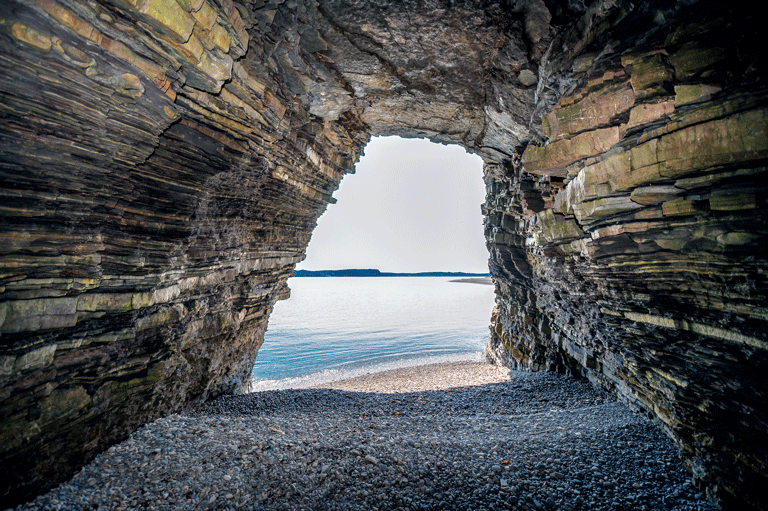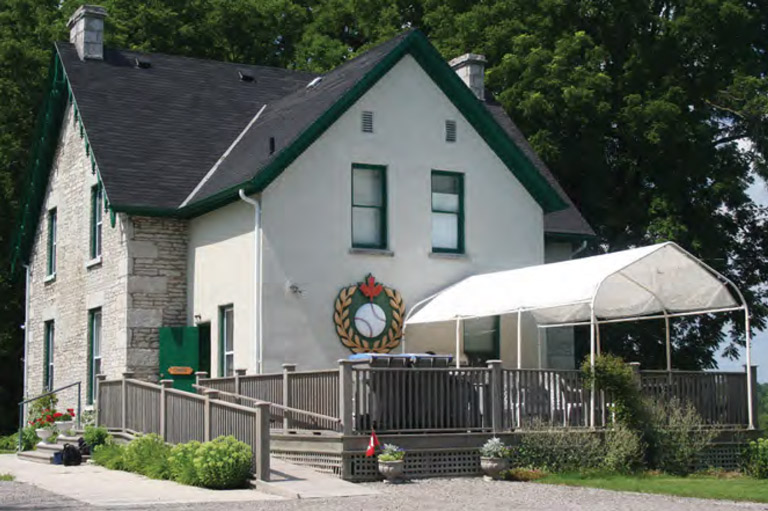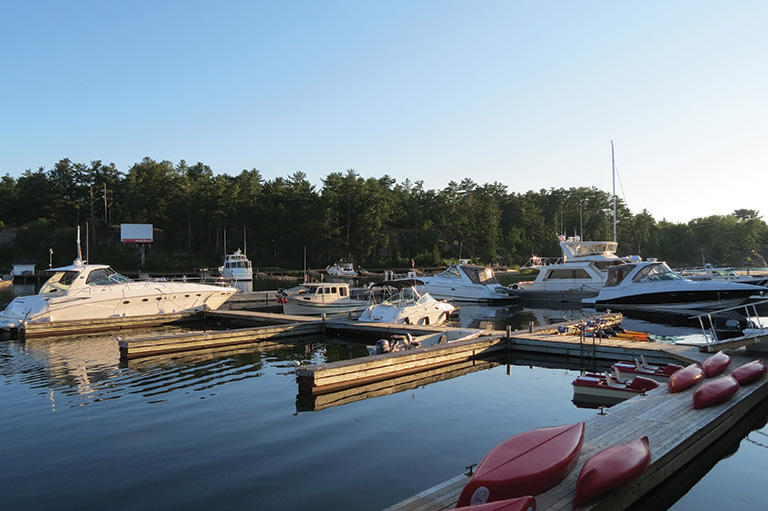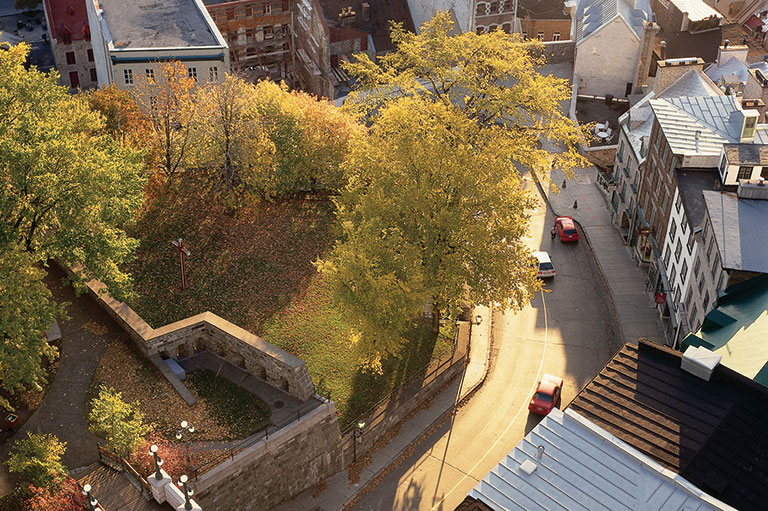Discover a wealth of interesting, entertaining and informative stories in each issue, delivered to you six times per year.
Seafarers and Settlers
-
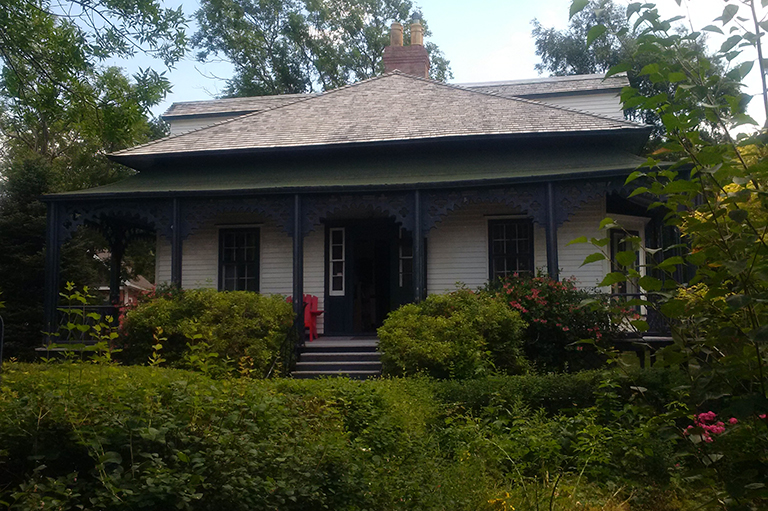 Hawthorne Cottage National Historic Site, home to Arctic sailor extraordinaire, Capt. Bob Bartlett.Nancy Payne
Hawthorne Cottage National Historic Site, home to Arctic sailor extraordinaire, Capt. Bob Bartlett.Nancy Payne -
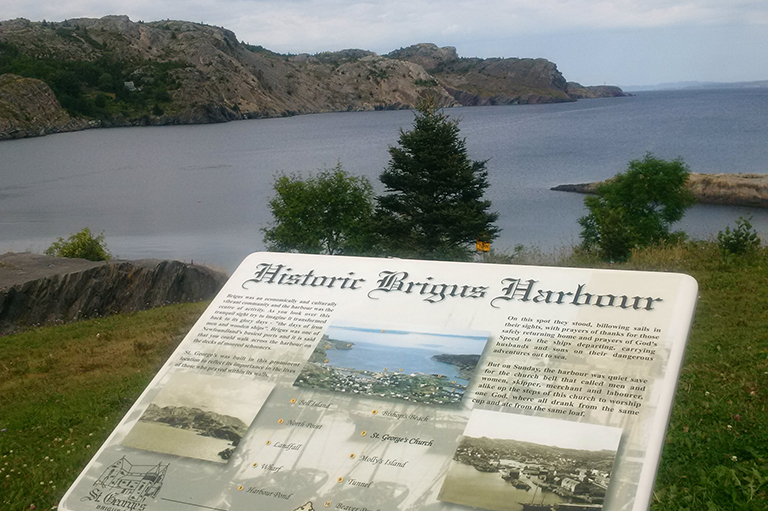 Rugged and beautiful Brigus Harbour.Nancy Payne
Rugged and beautiful Brigus Harbour.Nancy Payne -
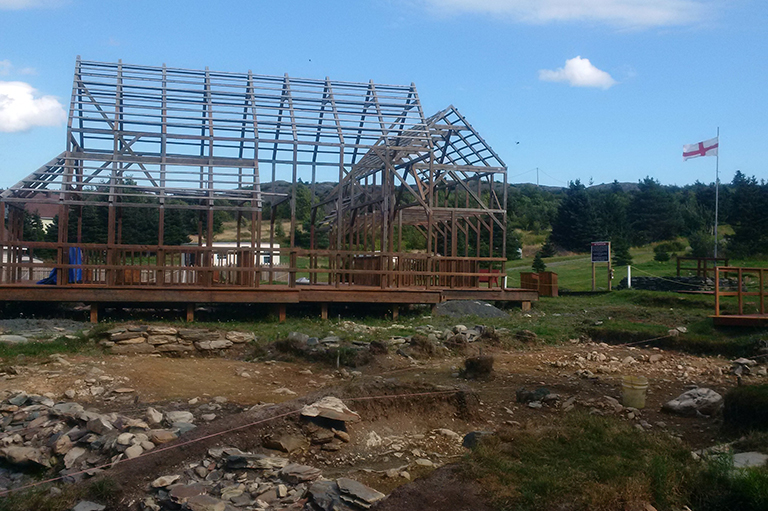 The “ghost house” erected over some of the excavated area at the site of the Cupers Cove colony (Cupids).Nancy Payne
The “ghost house” erected over some of the excavated area at the site of the Cupers Cove colony (Cupids).Nancy Payne -
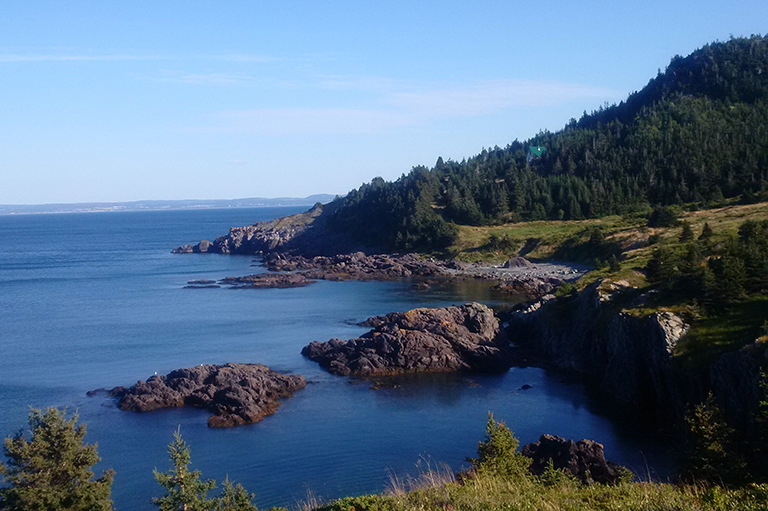 The view from the Burnt Head trails behind the Perchance Theatre near Cupids, Newfoundland and Labrador.Nancy Payne
The view from the Burnt Head trails behind the Perchance Theatre near Cupids, Newfoundland and Labrador.Nancy Payne -
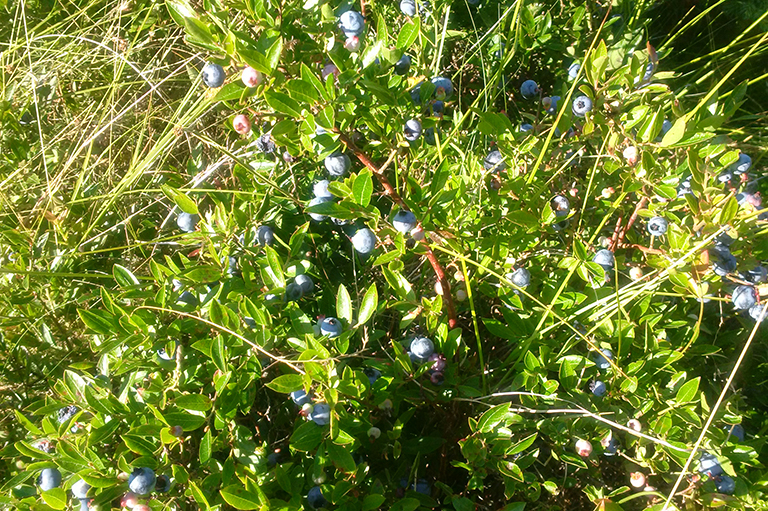 Blueberries in abundance along the Burnt Head walking trails.Nancy Payne
Blueberries in abundance along the Burnt Head walking trails.Nancy Payne -
 The steeple of the former St. Augustine’s Church, now the Cupid’s Haven B&B, sits in the nearby cemetery.Nancy Payne
The steeple of the former St. Augustine’s Church, now the Cupid’s Haven B&B, sits in the nearby cemetery.Nancy Payne
The neat white cottage with blue trim and wraparound verandah nestles among verdant flowers and shrubs, all of it tucked behind a white picket fence in the historic Newfoundland village of Brigus. The peaceful, snug beauty of Hawthorne Cottage National Historic Site on a late-summer day feels a world away from the exploits of the man whose exploits the site honours, Capt. Bob Bartlett.
In a province that reveres great seamen, Bartlett is often cited as one of the greatest, largely because of the twenty Arctic voyages he commanded in his fifty years at sea. Born into a family of sailors, fishers and sealers, he served on Robert Peary’s Arctic expeditions around the turn of the nineteenth century, earning the National Geographic Society’s highest honour.
Arctic explorer Vilhjalmur Stefansson recruited Bartlett as captain of the Canadian Arctic Expedition ship Karluk on its voyage into Canada’s northernmost regions in 1913–1914. A team of scientists would set up on Herschel Island to study wildlife and geology. Bartlett was reluctant to take on the assignment because the ship was wooden-hulled, but was assured the team would not be wintering in the Arctic. By mid-August, the ship became trapped in pack ice, drifting helplessly away from its destination.
Bartlett removed supplies and set up camp on the ice, showing crew and passengers how to survive as they watched the ship sink. Although Bartlett was celebrated as a hero, ultimately eleven people succumbed to the harsh conditions. Determined to return to the Far North again, Bartlett took his own ship, the Effie M. Morrissey, north fourteen times between 1926 and 1939.
Hawthorne Cottage’s Arctic Room, commemorates Bartlett’s exploits. It and the many artifacts gathered during his many voyages invite guests to linger and learn. Bartlett’s many awards and memberships, including one indicating his membership in The Friendly Order of the Original Bad Eggs, crowd the walls.
After exploring the cottage and grounds — where Bartlett once kept a muskox destined for a new home in a New York zoo — wander down to the waterfront to view one of the most beautiful harbours in a province full of beautiful harbours. Look for the Brigus Tunnel, blasted through a giant rock in 1860 to make it easier for the Bartletts to get to their wharf. Be sure to leave time to walk or cycle around the winding village roads to appreciate the bright, neat homes surrounded by white wooden fences.
Barely five minutes away is the community of Cupids, site of the first English colony in Canada. Cupers Cove as it was called then, was founded in 1610 by merchant John Guy on behalf of the Newfoundland Company, whose goal was to establish a settlement in order to secure fishing rights. Discovered less than twenty-five years ago, the Cupids Cove Plantation Provincial Historic Site is still being excavated; drop by and you’re likely to encounter archaeologists at work in what was recently someone’s backyard.
Ongoing digs at the site have revealed the foundations of several buildings. Frame structures erected by staff at the historic site over top of the excavations represent what historians think the structures may have looked like. Walk up the road to the Cupids Legacy Centre to see some of what’s been uncovered so far and learn more about the history of the community.
If you visit in the summer, you can finish the day with a performance at the Perchance Theatre, modelled on Shakespeare’s Globe Theatre in London. Stay the night in the former St. Augustine’s Anglican Church, now the four-star Cupid’s Haven B&B and dining room. Be sure to take the gentle hike behind the property; you’ll be rewarded with copious wild blueberries to sustain you en route to glorious views of Bay de Grave and Conception Bay.
Themes associated with this article
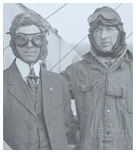
Help support history teachers across Canada!
By donating your unused Aeroplan points to Canada’s History Society, you help us provide teachers with resources to engage students in learning about the past.


